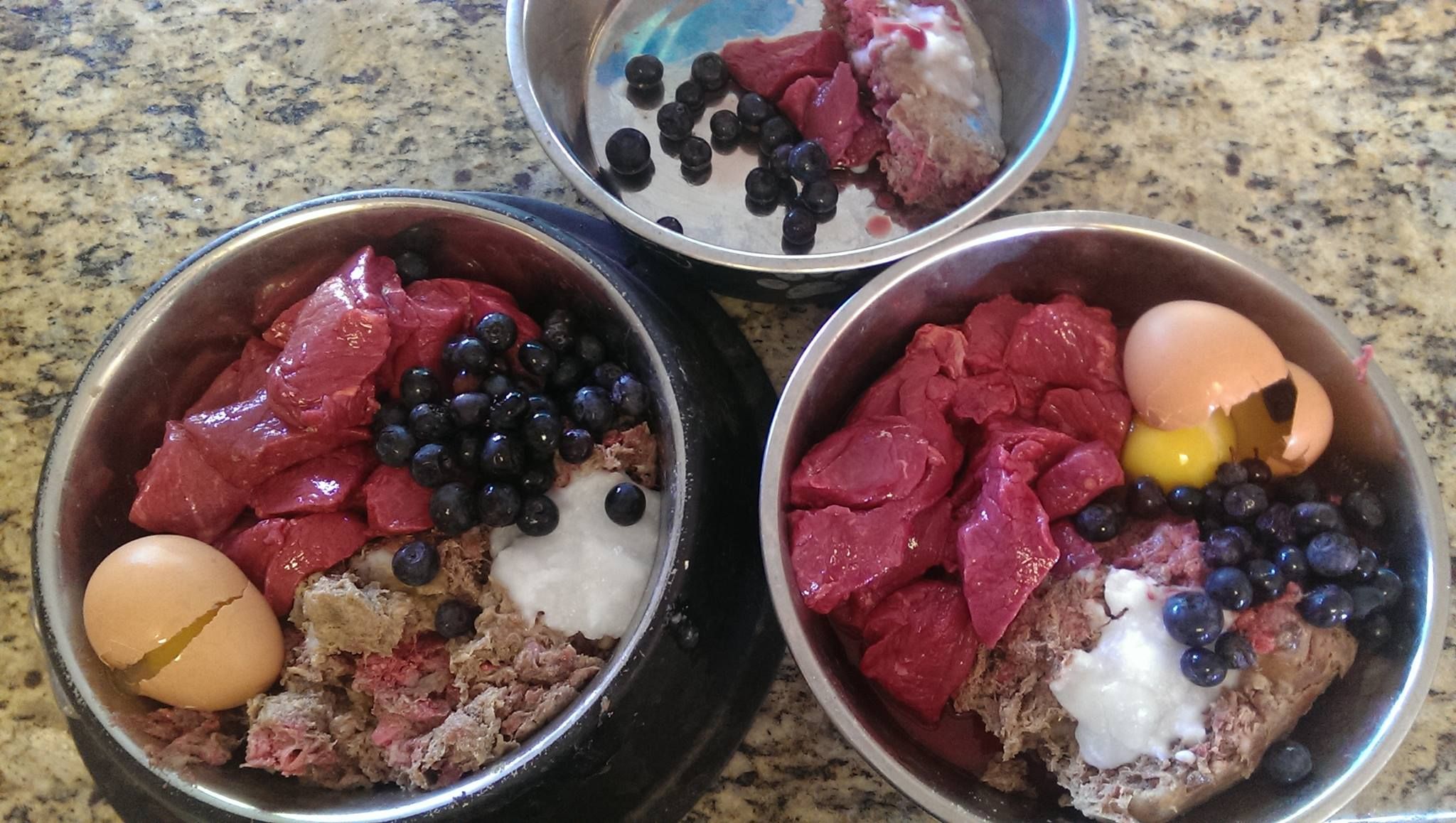Dog Food Myths: What Should I Feed My Dog?

We all want to feed what is best for our pets but sometimes wading through all the information (and misinformation) out there can be very confusing. Today I hope to demystify some of that information for you. I hope you read through this information and find things to help you make the best choice for both you and your four-legged friend.
Myth # 1: My friend says that grains are bad for dogs.
Grains are in fact a very good and important source of nutrients in dog foods. They provide vitamins minerals, many essential amino acids and fatty acids as well as fiber to dog foods. Many grains have been shown to provide beneficial health implications depending on the type of diet and the pet. Diets which are grain free, substitute highly refined starches in place of grains.
There are a very small number of dogs who have allergies to specific proteins in diets; food allergies to grain proteins are no more common than allergies to animal proteins. In order to determine if your pet does in fact have a food allergy a very specific regimen must be followed in order to determine this. If your suspect your dog may have a food sensitivity, talk with your veterinarian to determine how best to diagnose this.
Myth #2: Raw diets are better than traditional diets and solve a lot of health problems in pets.
There is currently no scientific evidence that raw diets offer any benefits over cooked diets. Unfortunately, there is substantial evidence showing that dogs on raw diets are more often associated with broken teeth, bacterial infections and nutritional deficiencies. If you decide that this is the route for you and your pet be sure to use a recipe or brand that has been designed specifically by a veterinary nutritionist since more than 80% of homemade diets and many commercial raw diets are not nutritionally balanced.
Myth #3: By-products can contain hair, hooves and all kinds of “bad” things.
By-products are defined as the part of the animal carcass which is not generally consumed by the human population in the United States such as heart, kidney and liver. Like all ingredients, the by-products used should follow strict quality control standards before being included in the diet. Call the companies 800# and ask questions concerning this. Hair, hooves, etc. are banned from being included in your pets’ food, so no need to worry about that.
Myth #4: The AAFCO statement says “for all life stages” so I can feed this to my dog throughout its life.
This statement can be very misleading so understand that when a food provides this statement, it means that the food is supplying the adequate amounts of a specific nutrient for both young and adult dogs. Since the adult dog has lower requirements of almost all nutrients than a puppy, these diets will then meet the federal requirements for all dogs. Most diets formulated for all life stages are most appropriate for young growing dogs with no weight issues.
I hope you have found this helpful. If you have specific questions concerning your pet’s diet give us a call or bring in the label from your pet’s food and we will try to help as much as we can.Dr. Nicky Polson is the veterinarian owner of Animal Care Hospital of Morris.

